Departments
.svg)
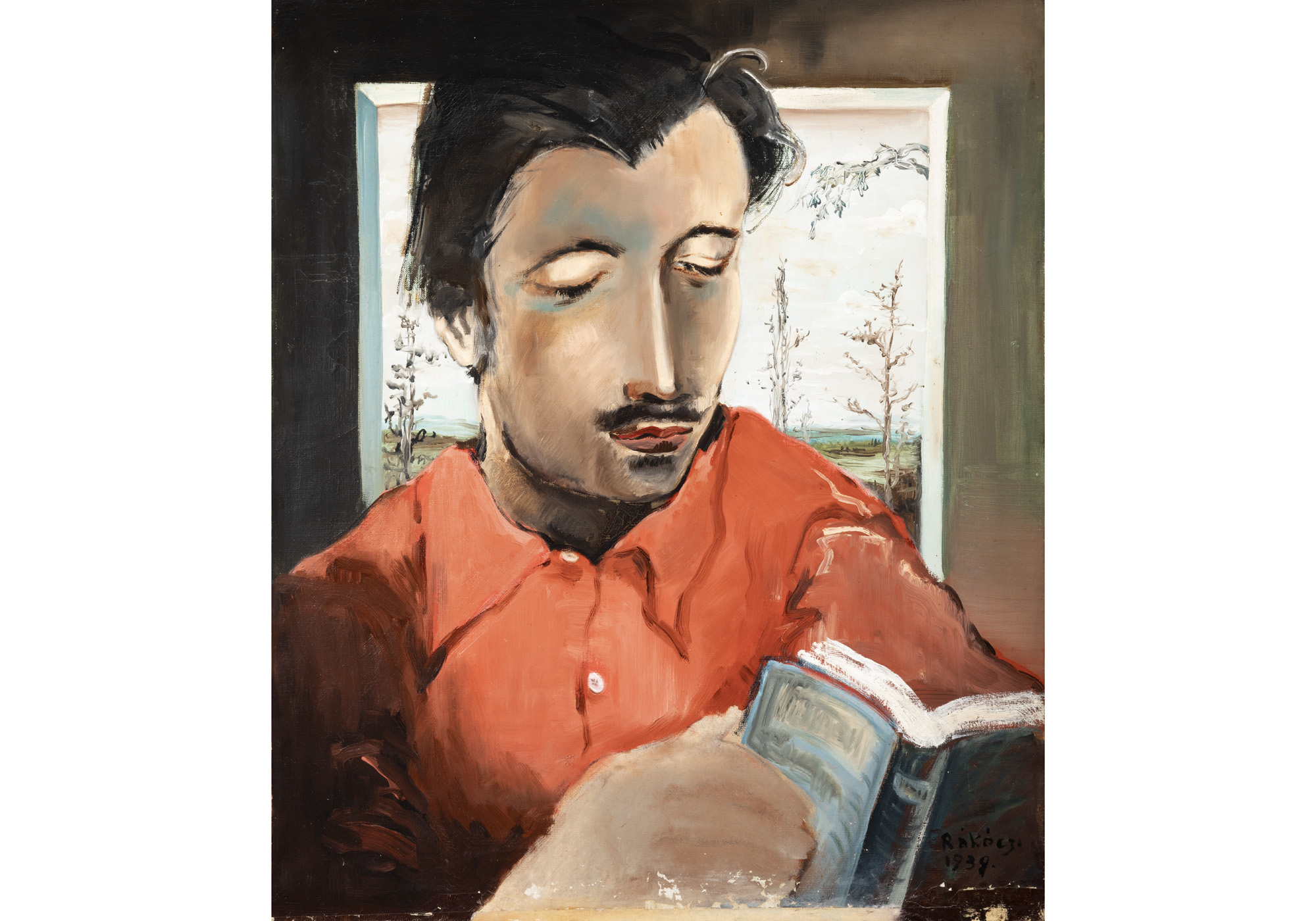

The Online Picture Sale just occurred on this Wednesday,16th July 2025. Among these gems, I admit being particularly captivated by the work of Basil Ivan Rakoczi (1908-1979). After a Freudian psychotherapy, Basil became enamoured with the human subconsciousness and chose to pursue a painting career where psychoanalysis would be the breadcrumb trail. Partnered with Herbrand Ingouville-Williams, he founded in 1935 the Society for Creative Psychology, in London. There, his fortuitous encounter with Kenneth Hall at one of the society meetings marks the beginning of this story. Soon after, they headed to Ireland and established the well-known White Stag Group. As his father was Hungarian and his mother Irish, Basil explored the « motherland » and made a reference to the Hungarian folk belief which identifies the white stag as a symbol of guidance, migration, and search for a new home. Deeply rooted in the Modernism era, The White Stag Group aimed advancement of subjectivity in art. Take for example the Portrait of Kenneth Hall (lot 26) achieved above its estimate of €1,000 to €2,000 with a hammer price of €3,000. This painting represents perfectly Rakoczi’s idea of subjectivity. Firstly, its style - the hands and book are figurative but imprecise. This is balanced by the meticulous work of the face, a mirror of expression and introspection. In the background, the detailed landscape depicts a grey sky and leafless trees. It is not uncommon for artists enthralled by psychology to use the depiction of their landscapes, as wastelands or fertile oasis as emblematic of the mental state. Associating with Patrick Scott, they published their vision of art in a book they’ll name the Three Painters. Unfortunately, financially struggling and family-rejected, Kenneth was facing psychological issues and took his own life in July 1946, leaving Basil devastated. This closed an important chapter of his life. Eventually, he moved to the South of France, travelling to Spain and North Africa. Opting for a drastically different style, Basil dedicated his later works to the exploration of watercolours.
The White Stag Group quickly emerged to a point where it built a solid reputation. Yvonne Jammet (1900-1967), originally French, established her artistic career in Dublin by gaining recognition as a member of the Group. The work of Jammet doesn’t show in auction very often and aroused enthusiasm with a good sale rate as 80% of the eighteen of her works presented this Wednesday were sold. She grew up with restaurateur parents that ran the well-known Dublin-based French restaurant, Restaurant Jammet, which she eventually ran herself. Restaurant Jammet became popular amongst artists, writers and actors. She was, at a very young age, constantly immersed in the art world and would later advocate for the uprising of Subjectivity. Concerning her style, we recognize the influence of Impressionism in her work, especially when she visits France. She represents still life and landscapes paintings of France and Ireland, not bothering with details and shape realism, she paints from nature using pastels and light colours to capture daylight (lot 1-8). She carries on the White Stag Group tradition of subjectiveness in which the objects are not represented in a realistic manner, but as dream-images, conceptual memories and eidetic phantasies of the child-mind. Rue de Joules (lot 1 and lot 3) are a particularly good example of this. However, we must concede that this mindset is surprisingly in accordance with her keen interest in religion. Indeed, she carved several sanctuary figures in a rather realistic manner (lot 9-17). This dichotomy between two different styles and inspirations deepens Yvonne’s personality and mystery.
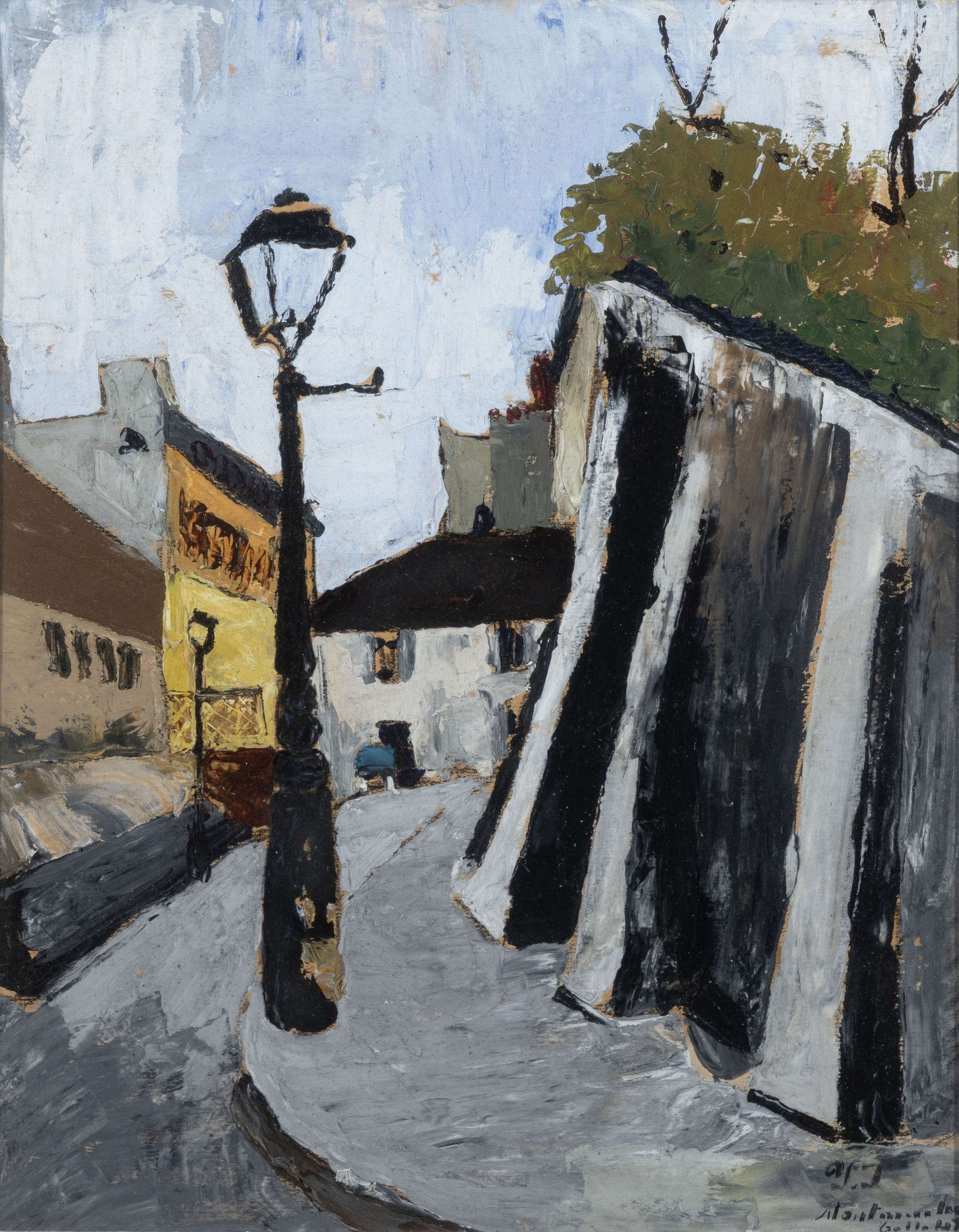
Among the best-selling artists of this sale, women are more than represented. Mimi Roberts brings still life paintings back into fashion. The Collection of Five Still Life’s - Fish (lot 133) painted in oil on board realized the impressive price of €2,400.00. The art of representing such humble natural raw materials so honestly stems from the Golden Age of the Dutch Old Masters in the 16th and 17th century. The mercantile expansion of the nation further enabled them to show off prosperity in the form of an abundance of exotic fruits and spices, tulips and other successes of horticulture. In addition to this, the Dutch Reformed Protestant Church's restrictions on religious imagery created a void in the art market, which artists filled by developing new genres such as still life. This food painting mania spread all over Europe reaching the famous Sicilian fruit-portraitist and anachronistic surrealist Giuseppe Arcimboldo. But in Mimi’s works, only one item is presented as the centre subject of the painting. She opts for oil on board which she later varnishes and frames in painted black wood outward with wide gold slips inward, giving back its entire late Renaissance notoriety. All her lots (numbers 130 to 138) were sold, with five of them exceeding their estimated prices, indicating a demand for similar.
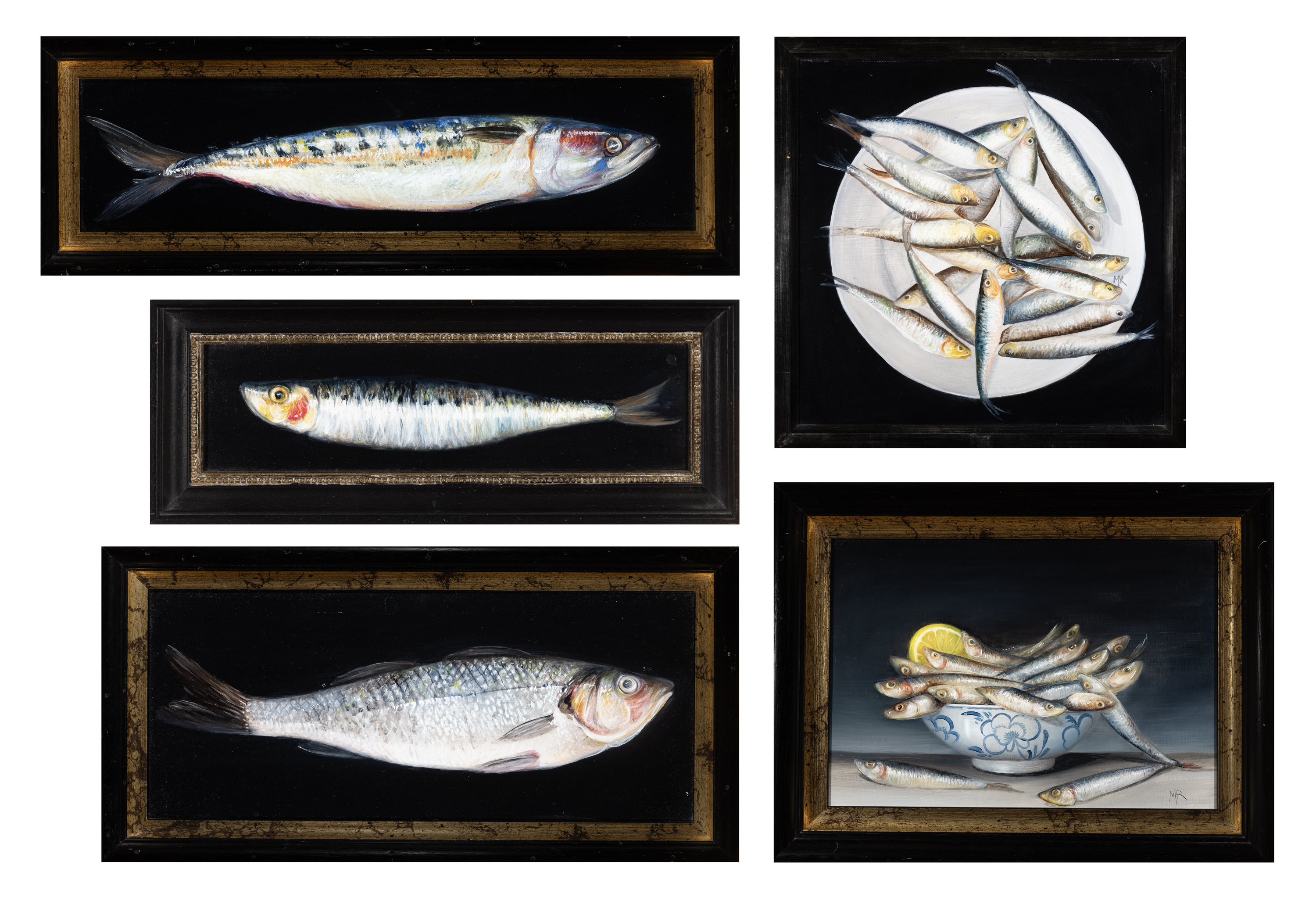
Norah Mary O'Kelly (1886-1964) is an exemplar of female artistic versatility in all its splendour. Norah was an Irish artist recognizable not only for her work in oils paintings and watercolours but also in enamel, metal and stained glass. She mastered craftmaking as medium in her art with a particular unifying interest in the minuscule, spending her whole career studying the tiniest and the fascinating question of suggesting details in each of her work. Lot 53 betrays perfectly her love for intricate details and vibrant colours sold for a great hammer price of €600. These oil paintings on small canvas are treasures of experimentation. From red monochromes to perspective trials of oriental landscapes and ornaments, her precision is the result of years of research into colour and geometry. O’Kelly's travels have significantly shaped her style. She worked as an art teacher in India, but also at Loreto House in Calcutta and numerous examples of her work display scenes from Calcutta, Darjeeling, and Mussoorie. She succeeded her art studies in the Dublin Metropolitan School of Art (now NCAD), well-prized for their enamel and stained-glass department, where she assisted the class of Percy Oswald Reeves, a former student of the famous British enameller Alexander Fisher. After this, she continued to be involved in the art academy all her life. Indeed, art creation was for her an infinite journey; she collected art study books as seen the lot 60. She also documented her attendance at multiple Irish exhibitions in her notebooks, as shown in lot 61, sold for €280. While some of them feature sketches and writings by various artists, including Harry Clarke and Sir William Orpen, other contain some of the insights she had assisting at the annual student exhibitions of the Royal Hibernian Academy of Dublin. In a previous Adam’s sale, her journal containing references to Reeves, with verses handwritten by him, Letitia and Eva Hamilton, and Michael J. Ryan was sold €2,500 while one of her fantastic enamel works on a timber shield depicting the Greek God Hermes reached the hammer price of €12,000. O’Kelly's art provides insights into the Irish Arts and Crafts movement and the cultural connections between Ireland and India in the early 20th century.
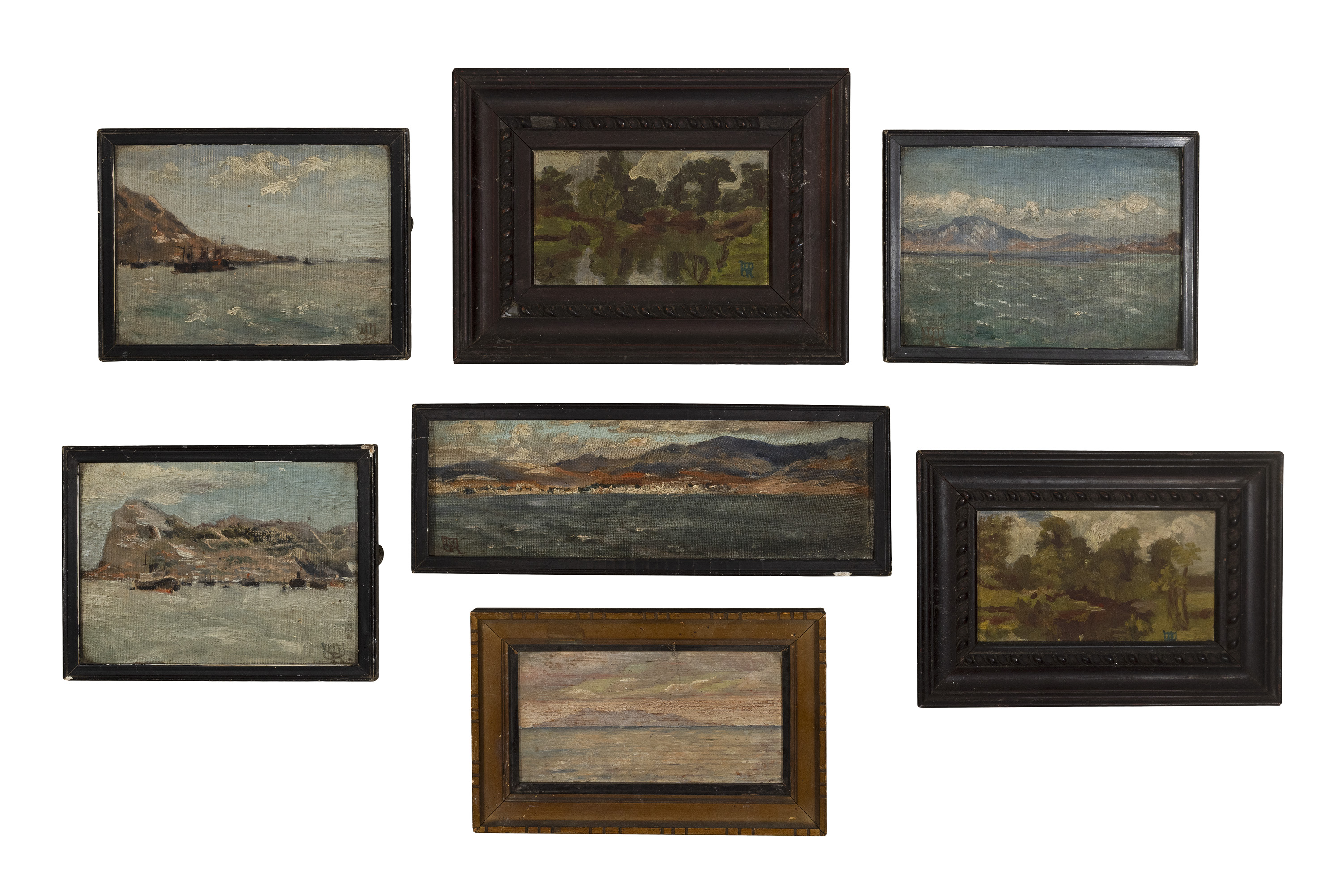
Here are the two surprises of this Online Picture Sale, which might be announcing the comeback of Modernism’s aesthetic. Take the spiritual density of Patrick Pye’s Transfiguration (lot 45), which asked for €1,300. As one of the most prominent Christian artists of 20th-century Ireland, Pye was as concerned with innovation as he was with incarnation. Pye studied under the stained-glass artist Evie Hone, whose influence was decisive in his spiritual and artistic formation. A founding member of Aosdána, the Irish association for artists of distinction, Pye never confined himself to a single medium. He embraced painting, stained glass, drawing, music, and even poetry, all as vehicles of meditation and elevation. In this gouache composition, a reimagining of Christ's Transfiguration unfolds in a geometrical style: we recognize abstracted apostles in striped robes, dragged toward a central spectral light. Each figure is reduced to a symbolic form, yet the weight of their gesture tells all, one prostrates, another recoils. Despite the stylization, we feel awe, divine fear, and silence. Pye merges liturgical symbolism with a deeply modernist palette. The starry rays in the centre, cutting across the darkened mountain, mirror the theological kenosis: the light of divinity made visible through a human form.
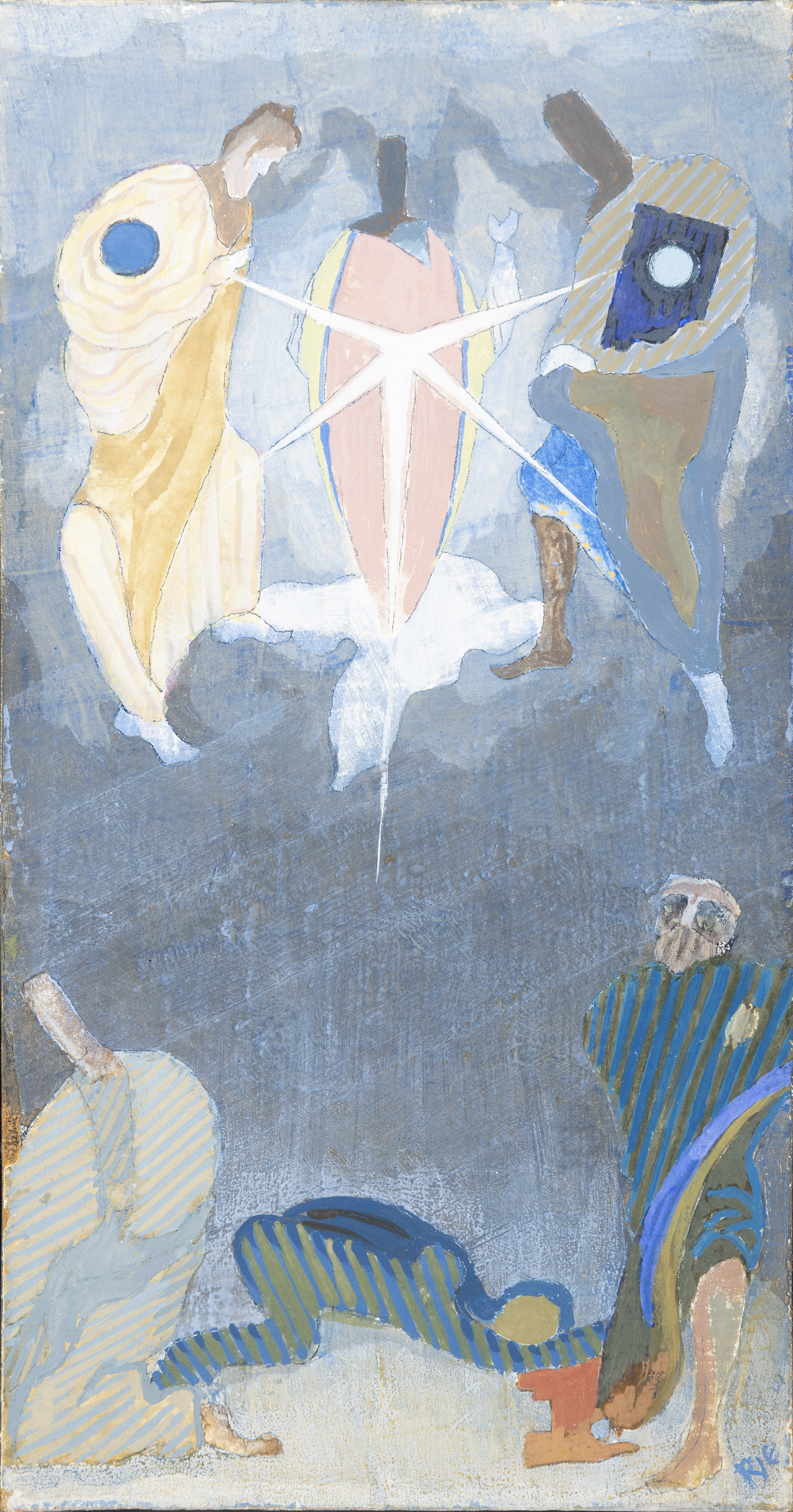
Life takes upon inanimate object too as seen in Arthur Armstrong’s Still Life Study of a Potted Plant (lot 33), which achieved €1,300. Born in Carrickfergus in 1924, Armstrong originally studied architecture before moving to the Belfast School of Art and then the Glasgow School of Art, where he trained as a painter. He was part of a vibrant generation that redefined Irish modernism during the post-war period, and like many of his peers, he travelled extensively, notably in France, Spain, and Italy to soak in the continental avant-garde. Settling for some time in Dublin, Armstrong became associated with the artists of the Independent Artists Exhibition and the Royal Hibernian Academy. With strong influences from Cubism, Cézanne, and the colourism of the Fauves, he developed a signature style where colour blocks and line rhythm orchestrate space with a musical logic. Here, we’re not looking at a plant, we’re listening to it. The leaves sway like jazz notes across a background of aggressive yellow brushstrokes. The red dotted marks on the table may well reference Matisse’s Fauvism, while the plant’s monumental scale and flattened form recall the Mexican modernists’ fascination with natural motifs. This sale advocates for Modernism to regain its former glory.
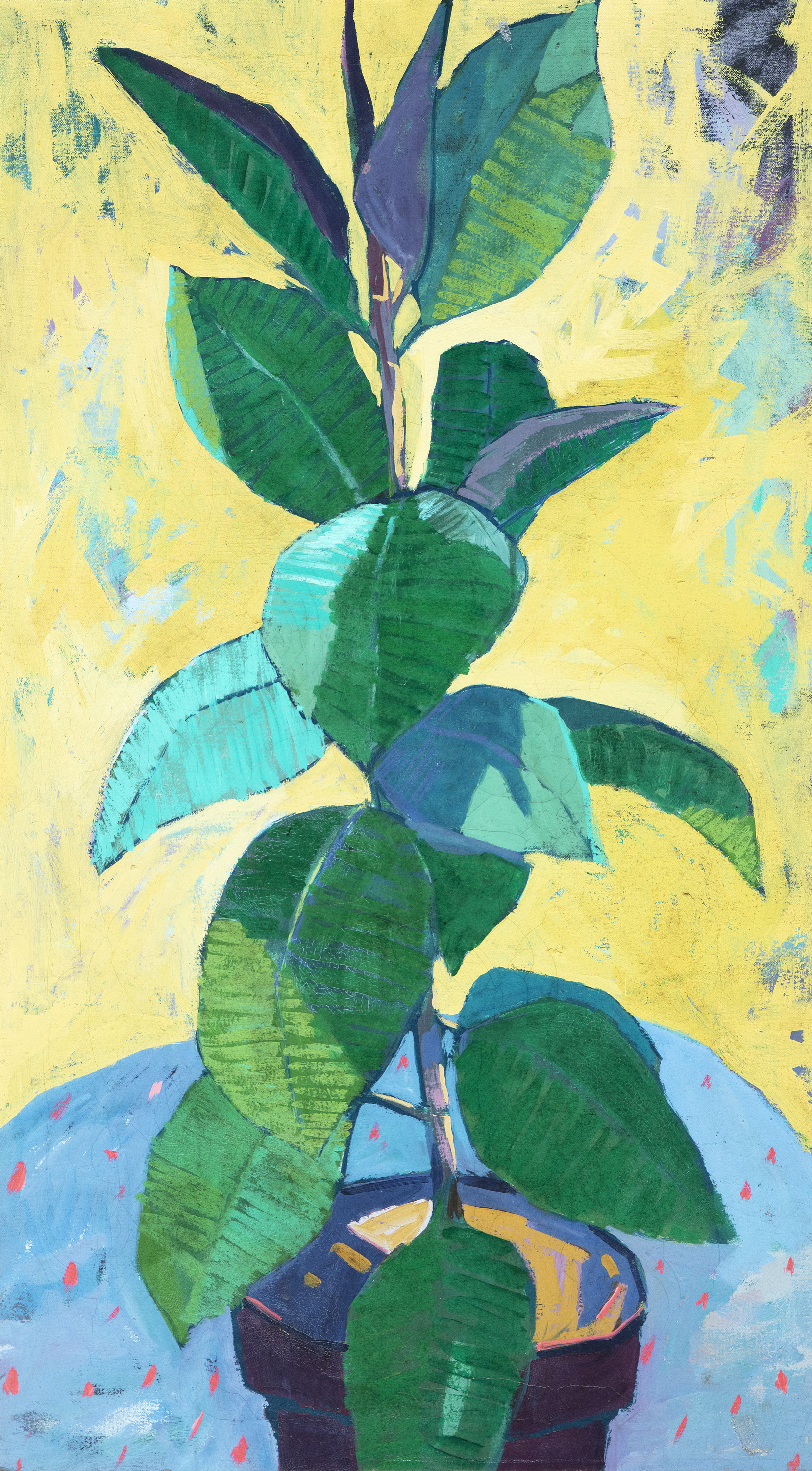
Written by Aude Colomina, July 2025

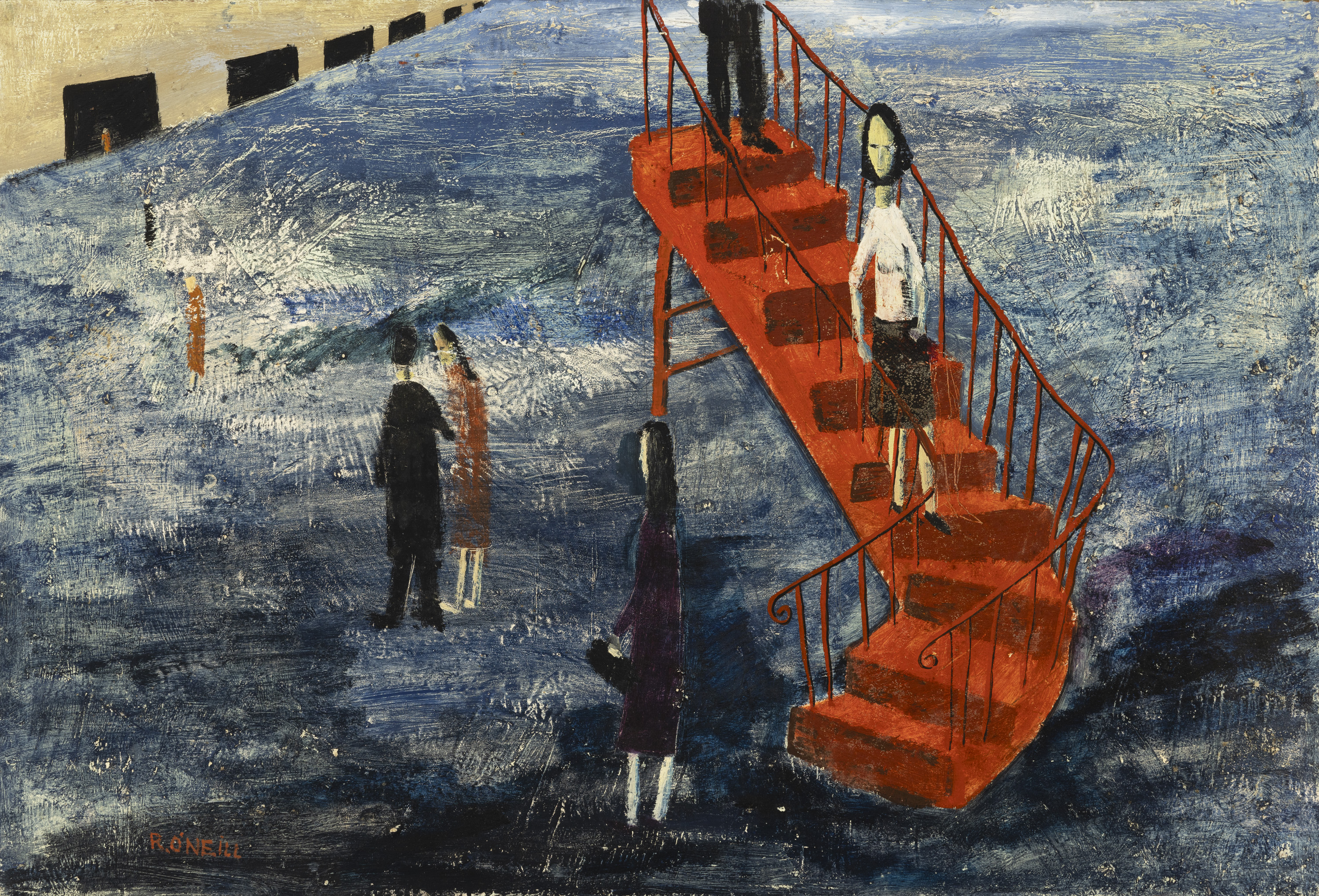
Through this article, let our expert Adam Pearson guiding you to the (re)discovery of the once established Irish painter Richard O’Neill.












Buying at Auction and the Role of Antiques in a Modern Home




Important Irish Art Auction Highlights

Oliver Dowling Collection by Aidan Dunne




2024 is a year in which Adam’s wants to recognise the key role buying antique furniture and furnishings at auction contributes greatly to the sustainable initiative. In 2019 the Environmental Protection Agency reported stark figures that each year in Ireland 1.2 million reusable bulky items, primarily furniture goes into landfill. Similar to the problem of ‘fast fashion’, the constant production and consumption of new items is leading to rapidly growing waste problem. We want to acknowledge those who are already buying second hand or antique furniture at auction and to encourage new buyers by highlighting the benefits of acquiring affordable, well-made quality items that are built to last.







Irish author, recipe creator and lifestyle influencer, Indy Parsons, selects her favourite pieces from our upcoming Fine Jewellery & Watches auction










.jpg)

Cork-born Irish actress, Sarah Greene, selects her favourite pieces from our upcoming Fine Jewellery & Watches auction




Yvonne Aupicq had met Orpen, we understand, while working as a nurse during the war. He had been admitted to hospital with a suspected case of scabies which ended up being a far more serious case of blood poisoning as he recounts in his wartime memoir ‘An Onlooker in France’. Their relationship continued after 1918 when Orpen was appointed as the official artist to The Paris Peace Conference. They relocated to capital and over the following decade he painted her numerous times, often nude as in Amiens 1914, or The Rape and Nude Girl Reading (1921). Working with her as his model during these early years after the war allowed Orpen an opportunity to re-fuel his creativity.






Editor-in-Chief of IMAGE Publications, Lizzie Gore-Grimes, selects her favourite pieces from our upcoming Fine Jewellery & Watches auction

Our upcoming Fine Jewellery & Watches auction on September 13th features a prime example of Van Cleef & Arpel's renowned 'Mystery Setting'


Our June auction offers a once-in-a-lifetime opportunity to acquire one of the great masterpieces of Irish art and icons of Dublin’s history.



Georgia Chiesa selects some of her favourite lots in the upcoming Vintage Wine & Spirits Auction


"Beating the bounds is a tradition that can be traced back to the medieval period. At this time, land was divided into parishes and the clergy and church wardens held the responsibility for its upkeep and management. It was up to the Church to ensure that its parishioners knew the local boundary lines and, before maps became commonplace, this had to be kept as a mental record."

Adam’s in conjunction with Suzanne MacDougald are proud to host an online timed auction of artworks to aid the Irish Red Cross’s humanitarian work in delivering vital services to millions of people impacted by the conflict in Ukraine. With no buyers premium 100% of the hammer price will go directly to the Irish Red Cross.

Ros Drinkwater writes of Jack B Yeats' 'The Boat' in the Business Post:


With a consolidated result of €320,000,the At Home sale in Stephan’s Green, was a great success.

